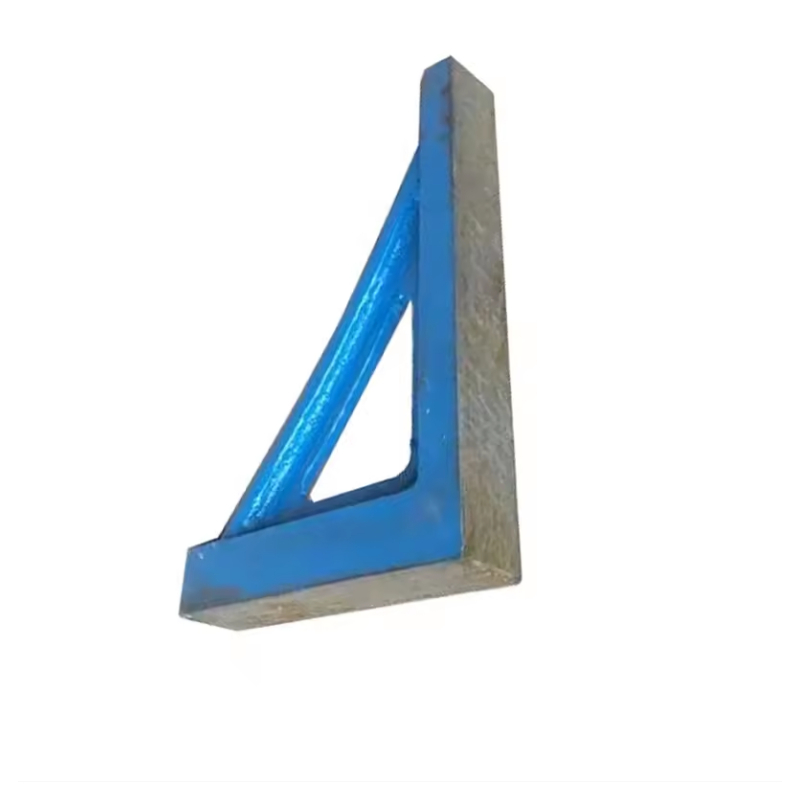Dec . 11, 2024 09:59 Back to list
Understanding the Importance of Safety Check Valves in Fluid Systems
Safety Check Valves Ensuring Fluid System Integrity
In industrial processes, the safety and reliability of fluid systems are paramount. One crucial component that enhances this safety is the check valve, particularly the safety check valve. Designed to prevent backflow in piping systems, safety check valves are integral to protecting equipment and maintaining system integrity.
What is a Safety Check Valve?
A safety check valve is a mechanical device that allows fluid to flow in one direction while preventing it from reversing. This is essential in a wide range of applications, from water supply systems to chemical processing plants. The design of the valve typically includes a disc or ball that seals the flow path when backflow occurs, ensuring that substances do not reverse course and cause detrimental effects.
Importance of Safety Check Valves
The importance of safety check valves cannot be overstated. In many industrial scenarios, backflow could lead to equipment failure, contamination, and safety hazards. For example, in a water treatment facility, if contaminated water were to flow back into the clean water supply, it could pose serious health risks. By installing safety check valves in strategic locations, facilities can mitigate such risks and ensure safe operations.
Moreover, safety check valves help to maintain pressure in systems, ensuring that processes operate efficiently
. They are particularly important in systems where pressure variations can occur, as they prevent low-pressure areas from allowing backflow. This is especially critical in high-stakes environments such as oil and gas pipelines, where safety is a primary concern.Types of Safety Check Valves
There are several types of safety check valves, each suited to different applications. The most common types include
safety check valve

1. Swing Check Valves These valves use a swinging disc that opens and closes with the flow of fluid. They are commonly used in larger diameter pipelines.
2. Ball Check Valves Featuring a spherical ball that moves to block or allow flow, these valves are effective for preventing backflow in smaller piping systems.
3. Lift Check Valves Using a rising disc mechanism, lift check valves are ideal for high-pressure applications and provide minimal pressure drop.
4. Dual-Plate Check Valves These are compact and lightweight, making them suitable for various fluid applications, particularly in limited spaces.
Installation and Maintenance
The installation of safety check valves should be carried out with precision. Proper orientation is crucial, as these valves are designed to function based on the direction of flow. Depending on the type of valve, specific installation requirements must be followed to ensure optimal performance.
Regular maintenance is equally important. Check valves should be inspected routinely for signs of wear and tear. If a valve is found to be malfunctioning, it should be replaced immediately, as even minor failures can lead to significant safety issues.
Conclusion
In summary, safety check valves play an essential role in the integrity and safety of fluid systems across various industries. By allowing fluid to flow in one direction while preventing backflow, they protect equipment, prevent contamination, and support efficient process operations. Investing in quality safety check valves and ensuring their proper installation and maintenance can significantly enhance the reliability and safety of industrial operations. As industries continue to evolve and the demand for safe and efficient systems increases, the importance of safety check valves will undoubtedly remain a critical focus in fluid management solutions.
-
Y Type Strainer Maintains System Efficiency Long TermNewsJul.15,2025
-
Valve Selection Guide for Industrial ApplicationsNewsJul.15,2025
-
Steel Fab Table Provides Durable Work Surface for WeldingNewsJul.15,2025
-
Pad Iron Provides Stable Support for Heavy MachineryNewsJul.15,2025
-
One Inch Check Valve Fits Standard Plumbing SystemsNewsJul.15,2025
-
Measuring Micrometer Ensures Precise Dimensional AccuracyNewsJul.15,2025
Related PRODUCTS









